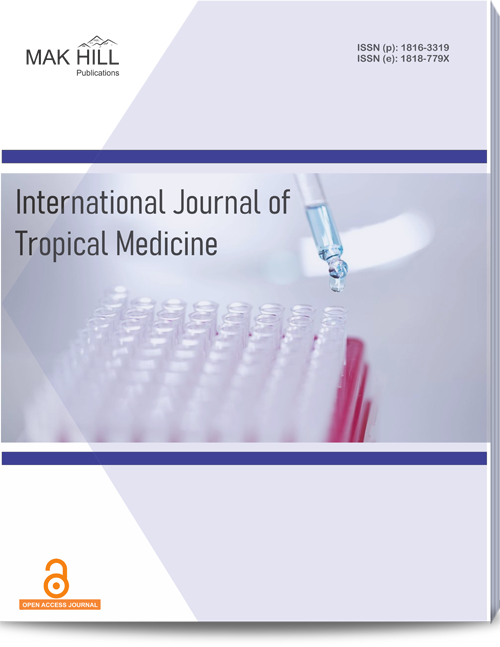
International Journal of Tropical Medicine
ISSN: Online 1818-779XISSN: Print 1816-3319
113
Views
14
Downloads
Abstract
Spinal infections post‐surgery represent a significant challenge in neurosurgical and orthopedic practices. Understanding their prevalence and the effectiveness of management strategies is crucial for improving patient outcomes. Objective: This study aims to evaluate the prevalence of spinal infections following surgery and to assess the efficacy of various management strategies employed in these cases. A cross‐sectional study was conducted involving 400 patients who underwent spinal surgery at a tertiary care center. Data on the occurrence of spinal infections, types of pathogens involved, treatment modalities and patient outcomes were collected and analyzed. The study found that a notable percentage of patients developed infections post‐surgery. The data revealed a diversity of causative organisms, with a predominance of certain bacteria. Various management strategies, including antibiotic therapy and surgical intervention, were assessed for their effectiveness. The study also evaluated patient outcomes in terms of recovery time, complication rates and overall satisfaction. The prevalence of spinal infections post‐surgery highlights the need for vigilant monitoring and effective management strategies. The findings suggest that tailored treatment approaches, considering the type of pathogen and patient‐specific factors, are crucial for optimizing outcomes. Further research is recommended to develop more effective prevention and management protocols.
How to cite this article:
Swapnil Bajirao Patil, Paraji Bachewar, Chaitanya G. Patil and Vaibhav Balasaheb Farke. Cross‐Sectional Study on the Prevalence and Management of Spinal Infections Post‐Surgery.
DOI: https://doi.org/10.36478/10.59218/makijtm.2024.1.142.147
URL: https://www.makhillpublications.co/view-article/1816-3319/10.59218/makijtm.2024.1.142.147